

Portugal in Spring – The best places
Portugal is a country with an area of 92,212 km², situated in the southwest of Europe and has around 10 million people. Because of its geographical position, it is a privileged country with a coastline of approximately 943km of Atlantic Ocean.
What is the best time of year to visit Lisbon Portugal?
It is a relatively small country but has a lot to explore. The landscape diversity is incredible and has scenery for all tastes.
Beaches, forests, nature reserves and parks, waterfalls, hot springs and even snow can be found in Portugal.
We advise you to visit this country at any time of the year, but we will focus on the spring and what are the best places like Porto, Lisbon or comporta in this beautiful season. If you are thinking of coming in other seasons, such as autumn or winter, please check our articles.
Discover with us the best places for the season before summer:
- Best cities to visit in Portugal in Spring
Archipelagos ( Madeira e Azores)
Is spring a good time to visit Portugal?
Totally. It depends a lot on the style of vacation you are looking for. However, if you go from March (until May) you won’t find the country so full of tourism and you can already enjoy sunny days for long leisurely walks.
Temperatures depend on what part of the country you are in.
Lisbon, being the capital, has in this season,10˚C -18˚C in March and 13º to 22º in May. As for the north, the temperatures are a little cooler, with a maximum of about 19º in May. In the archipelagos of Portugal (Madeira and Azores) the temperatures are different. Madeira is generally warmer than the Azores, due to its geographical position.
Where to go in Portugal in the spring?
Being a country with a lot to explore, there are places more suitable for spring.
Best cities to visit in Portugal in Spring
North of Portugal
Porto
Portugal’s second largest city, the reason for the origin of the country’s name.
A city with centennial bridges, historical buildings, parks and the magnificent douro river. Known for its Port wine cellars, its cultural spaces and the rich gastronomy of the northern region.
Tip: In spring, taking a cruise on the douro river among the valleys of this region is one of the most beautiful experiences.
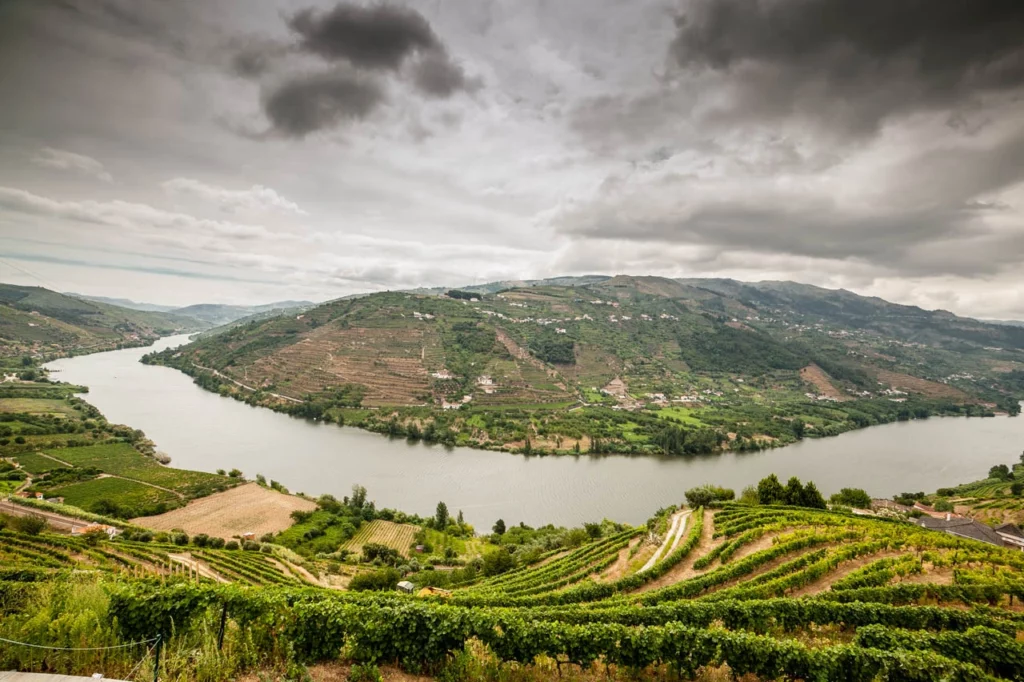
Braga
The city with more than 2000 years of history is Braga. Known for its medieval and religious scenarios it is at the same time a dynamic and energetic city for having one of the largest colleges in the country.
Guimarães
Located in the district of Braga, it is one of the most important cities for the history of Portugal. Its incredible historical center is a Unesco World Heritage Site since 2001. The best is to lose yourself in the streets and get to know every corner of the city.
Aveiro
The so called Venice of Portugal. Located 75 kms from Porto, it is a smaller city between the sea and the river. With its colorful houses (that of the fishermen), its canals and gondolas it is a city of authentic charm and perfect for those looking to explore beaches or history.
Tip: If you like sweets, don’t forget to try the ovos moles from Aveiro.
Coimbra
A historically university city, due to one of the oldest universities in Europe: Coimbra, dating back to 1537. Fundamental in the history of European and world scientific culture, since 2013 it is a Unesco world heritage site.
Geographically it lies between the two great cities of Portugal ( Lisbon and Porto), and is a city of narrow streets, medieval arches and little stairs to hills. It was the birthplace of six kings of Portugal.
Center of Portugal
Lisbon
The city with its low-rise, colorful buildings, next to the Tagus River. Sunny and known for its 7 hills (at least!), it is the capital of the country and is the largest city in Portugal. It has approximately 547 thousand inhabitants. With over 20 centuries of history, it has rich monuments, riverside areas, parks, viewpoints, fado houses, making it easy to explore the city’s vast historical and cultural heritage.
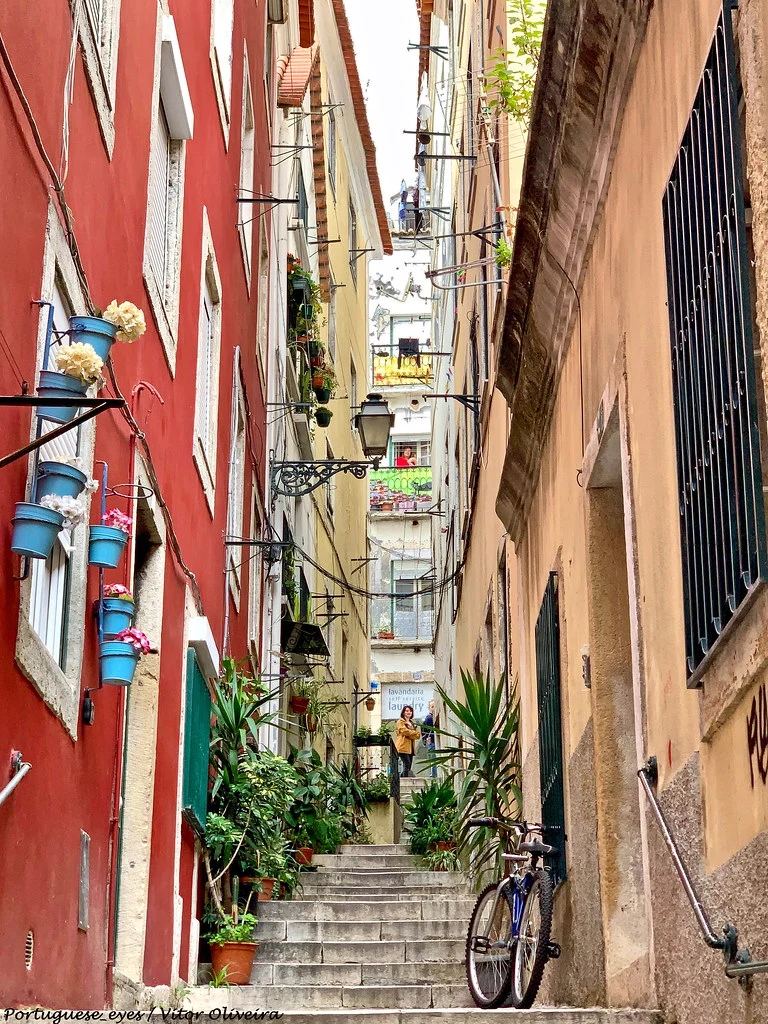
Sintra
Sintra is a unique place, a must see and one of the most sought after by tourists. It is located 40 minutes from Lisbon in a mountainous region with palaces and gardens dating from the 10th century and castles from before the 9th century. Everything is monumental and with breathtaking scenery!
Tip: Don’t forget to try the travesseiros de Sintra, a cake from the region.
Óbidos
Portugal’s medieval town. Geographically, due to being located at the high point and close to the Atlantic coast it had its strategic importance in the territory. Inside the castle walls, it presents its narrow and labyrinthine streets, small squares, religious architecture, with its small white houses that dazzle anyone who walks by there. It has several events/ festivals such as the chocolate festival.
Tip: Don’t forget to try the ginjinha de Óbidos in a chocolate glass.
South of Portugal
Comporta
The longest beach in Europe is on this coast (45 km). With stunning beaches, Comporta is a former fishing village, increasingly sought after by tourists. However, it is not only a beach town. Comporta is in Alentejo, the largest region of Portugal and a great bet to spend your spring days, since it has a warmer climate. Comporta is for those looking for quietness and idyllic landscapes. The temperature is always mild and less cold than the north of Portugal. One of the experiences of visit this region is to stay in one of the vacation homes whose local identity has been fulfilled, with all the comfort and unobstructed views of the rice fields or to enjoy one of the hotels in comporta.
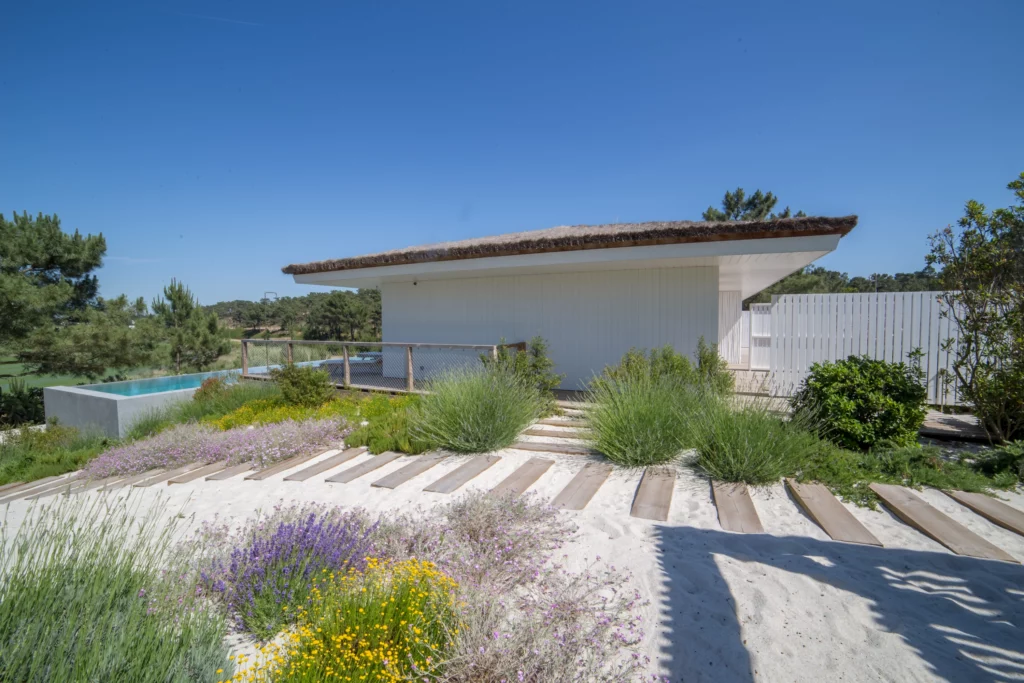
Tip: Take advantage of the different cultural, wine and gastronomic experiences of delight in the region.
Évora
A museum city. Roman temples, museums, little white houses or houses in shades of yellow are characteristics of this city that has a unique and unmissable historical center. It also has one of the best known colleges in the country and for this reason it ends up being a very young and energetic city. It was considered European city of culture for 2027.
Lagos
Lagos is already in the Algarve region and it is very sought after by tourists in the summer, however, going there in the spring is a great choice if you are a nature lover. You may not be able to go diving, but you will certainly see breathtaking caves and cliffs without big crowds. Lagos is a historic city with a relaxed atmosphere.
Tavira
With ocean and river, this city has some of the best (and warmest, due to its geographical position) beaches in the country. It is possible to visit the island of Tavira and Cabanas de Tavira from the city, two other very popular destinations.
Churches, museums, squares, monuments and gardens are some attractions in its historical center.
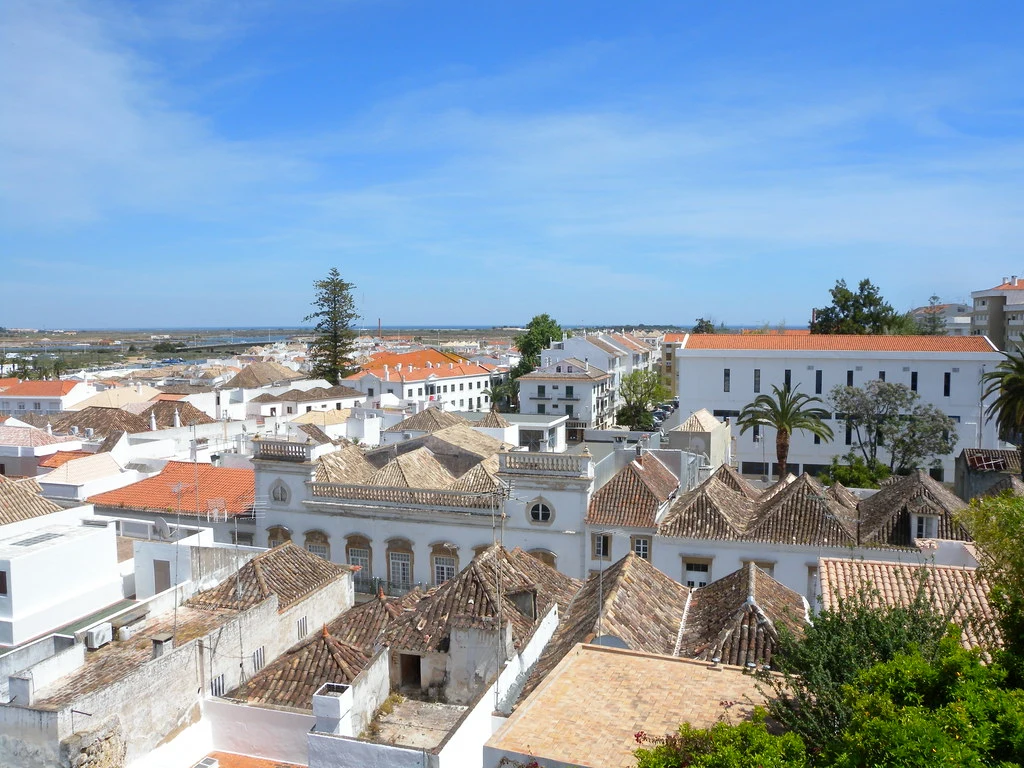
Tavira is an excellent place for those who like to enjoy nature and to be dazzled by the existing beaches (and for all tastes)!
Archipelagos
Madeira
Formed by three islands and two islets, 700 km from the African coast, it is an archipelago that presents warmer climates throughout the year. In spring, the average temperatures are between 19º and 22º degrees. Funchal is the capital and is the most visited. The ideal is to rent a car and go through all the history and landscapes that this archipelago offers.
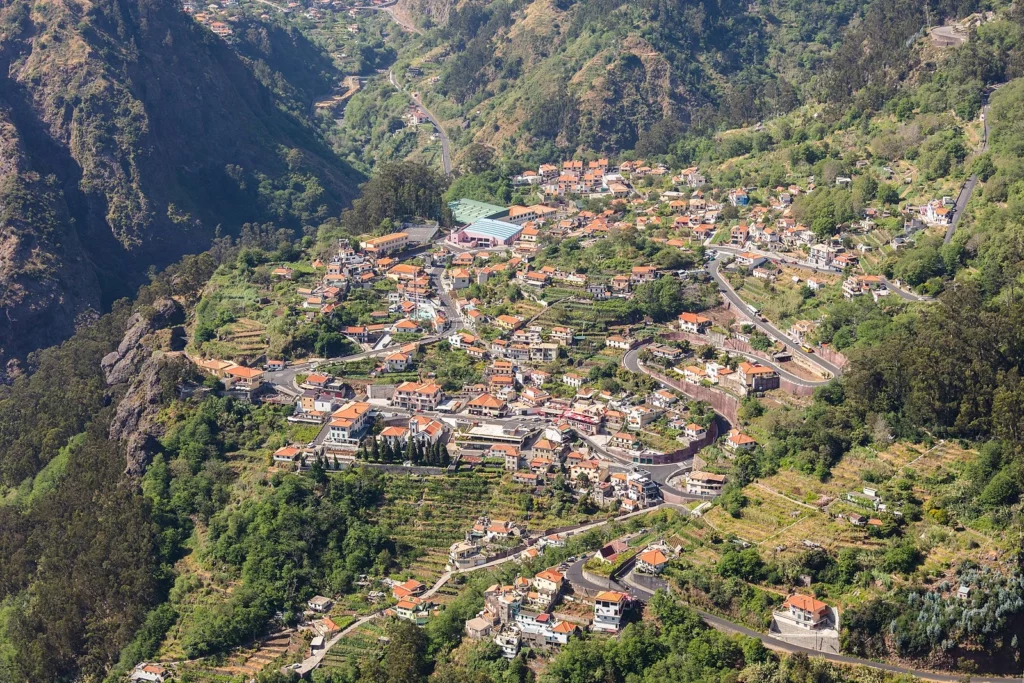
Azores
A treasure of Portugal. Consisting of 9 islands of volcanic nature, the landscapes are idyllic. The Azores have an unstable climate, but this is not to be feared. The best known island is São Miguel (and also the largest). The Azores is a journey in the middle of nature, whose trails take us to waterfalls and landscapes that we will never forget.
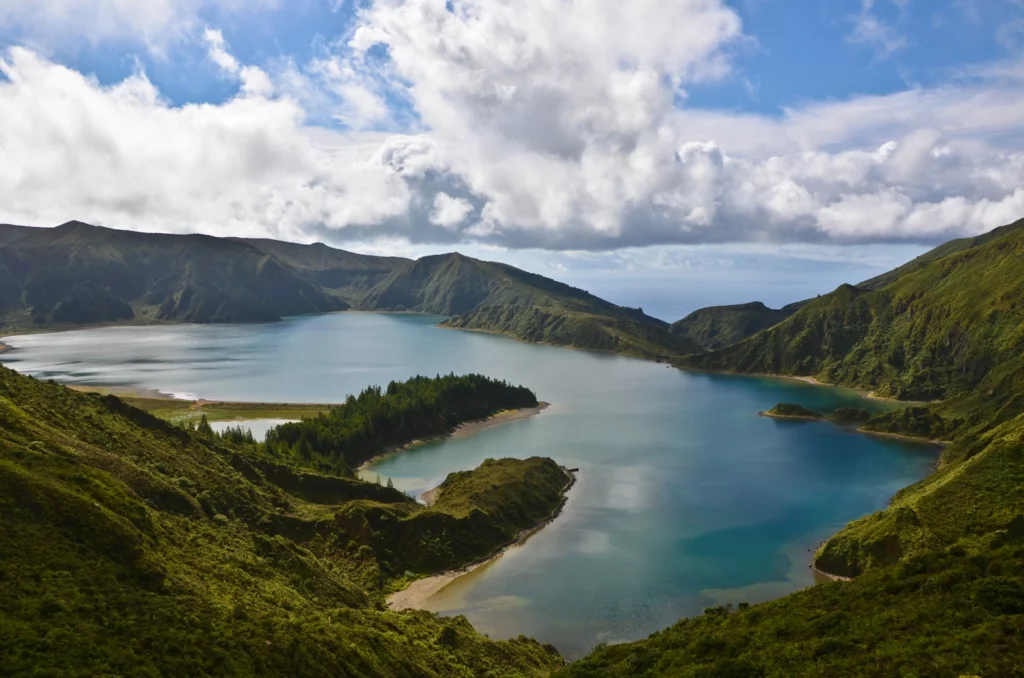
5 National parks to visit in spring
Be sure to combine your chosen locations with one of these parks. In spring, with the flowers and new colors that the season itself offers, these are incredible parks for a visit.
- Douro International Natural Park
It is one of the largest protected areas in the country with 868 km2. It is also on the border with Portugal and Spain and was created to protect the region’s incredible landscape, as well as its flora and fauna.
- Peneda-Geres National Park
Located in northern Portugal, in 1971 it has an area of 695km2. With a remarkable botanical diversity, it has several rare and endemic species. It is the only park in Portugal that has a rich historical and cultural heritage. It is possible to find springs, waterfalls, centennial villages and several valleys.
- Serra da Estrela Natural Park
It has the largest protected area and is in the highest part of the country. With two rivers (Mondego and Zezere) this park is very popular for winter sports and hikers who cross its magnificent valleys and rocks.
- Arrabida Natural Park
This park, next to the sea, brings landscapes from another world. The ocean of crystalline water and the cliffs make this area one of the unique in Portugal. The plant richness is one of the biggest attractions of the park.
- Sintra-Cascais Natural Park
By the sea, this is one of the most sought after parks in the central region. Cliffs, low cliffs, beaches, dunes and the famous “Cabo da Roca” are the major attractions that lead the curious to explore. The scenic beauty is enormous and that is why Unesco has recognized part of the park as World Heritage.
Advantages and Disadvantages of going in spring to Portugal
Advantages of going in the spring
- Not too crowded
- More affordable prices
- Mild climate – not too hot and not too cold.
- Depending on the month, the leaves, trees and scenery do justice to the season
Disadvantages of going in spring
- The weather can be unstable with some rain
- It is colder for diving in the sea
- Nature begins to take on color in the spring, but if you go too early you may not see some scenery as green as you would like.
Spring is an excellent choice for traveling to Portugal. Whatever your travel preference, we are sure you can find what you are looking for in this country that despite being small, has a lot to offer!
Have a nice trip!
Experiência na Comporta

Costa Terra – um Resort de luxo na costa portuguesa
Costa Terra Comporta é um resort costeiro de alto preço localizado na costa sudoeste de Portugal, perto da Comporta, no concelho de Grândola. Situada entre o Oceano Atlântico e os pitorescos bosques, a Costa Terra burocracia uma parte da região da Comporta, reconhecida pela sua beleza herbácea imaculada, praias serenas e enormes campos de arroz.
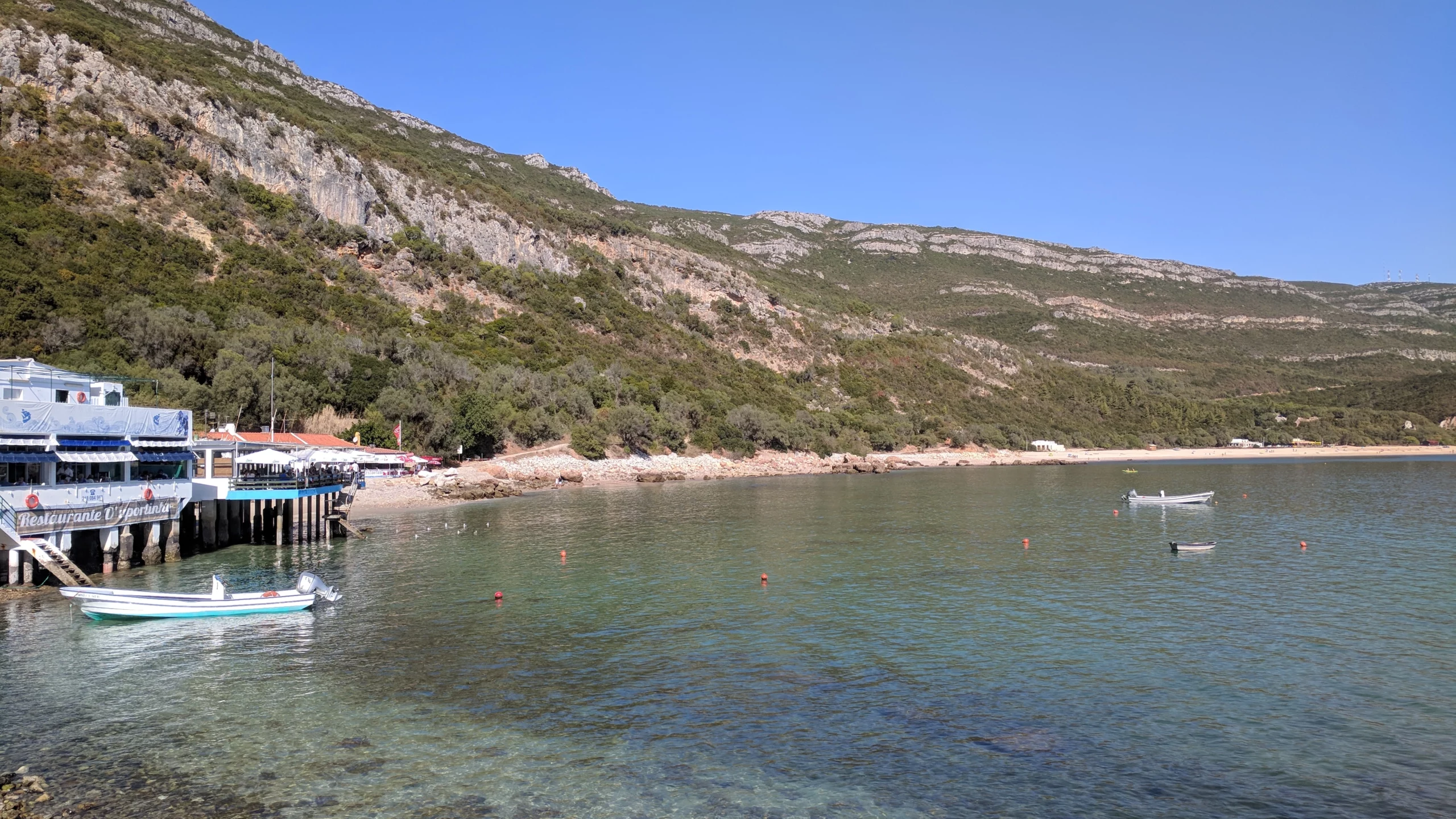
Os Parques Naturais de Portugal
Portugal revela uma diversidade excecional de paisagens entre as montanhas do centro do país, uma fachada atlântica de mais de 800 quilómetros e as planícies do sul. Graças à criação de numerosos parques e reservas naturais, o país conseguiu preservar uma fauna e uma flora variadas em zonas protegidas. Durante uma viagem a Portugal, não
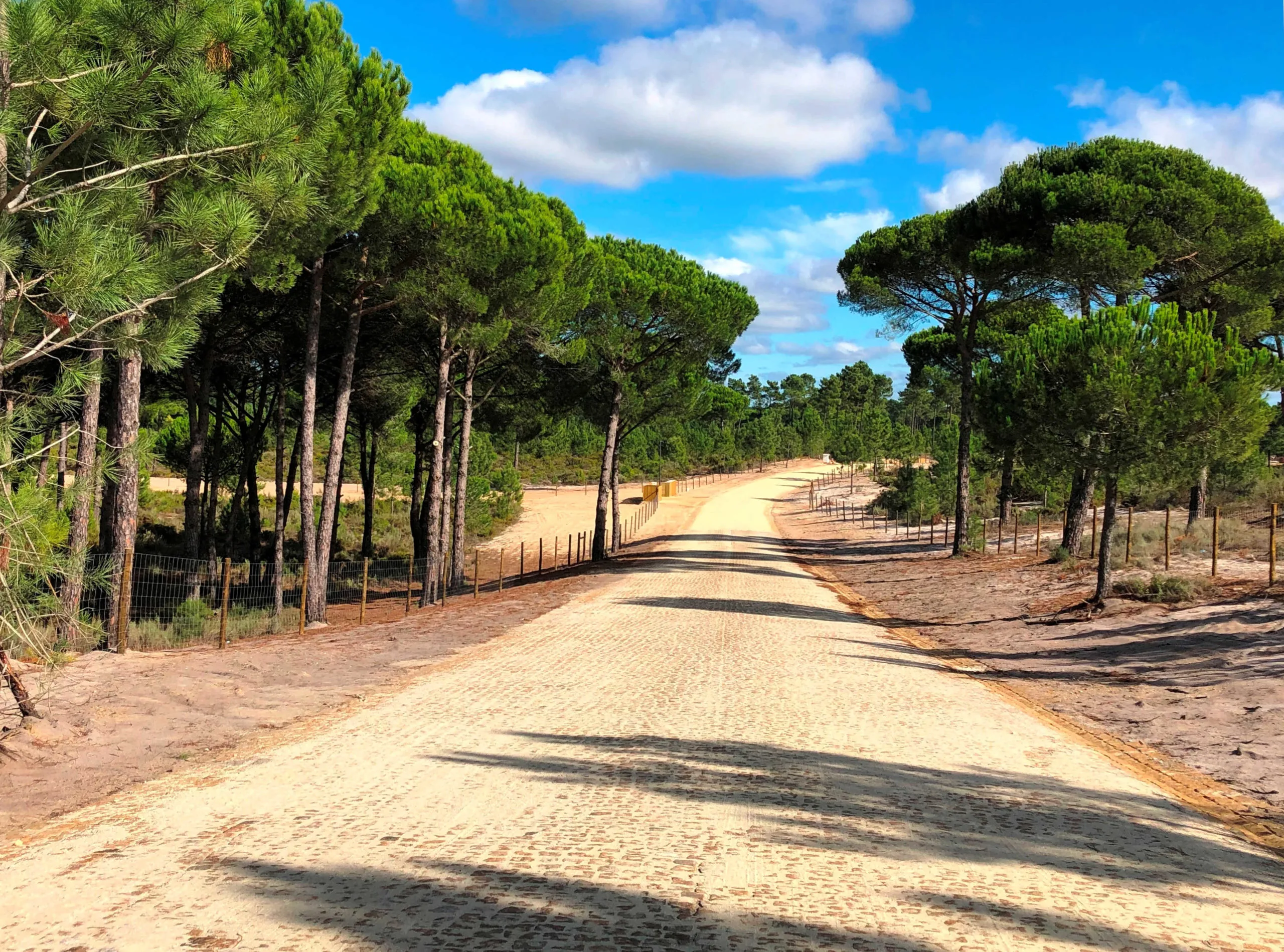
Muda, uma das atracções da Comporta
A Comporta pertence ao Alentejo e é uma vila de Portugal que fica a apenas 1h15 minutos de Lisboa. Esta aldeia, caracterizada pelos seus tons azuis e brancos e pelos ninhos de cegonhas gigantes, é procurada por turistas que gostam de desfrutar do silêncio. Com uma extensa área de costa, as praias são diversas: Praia
